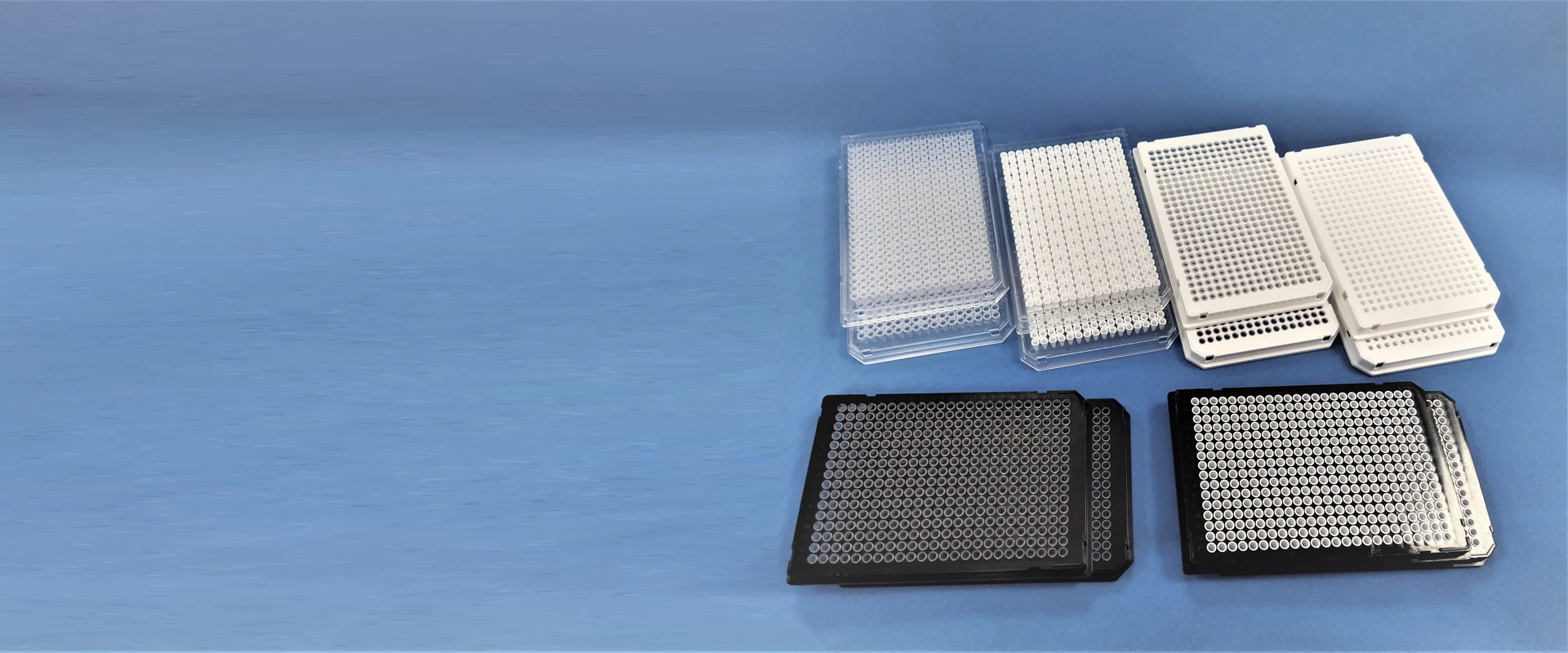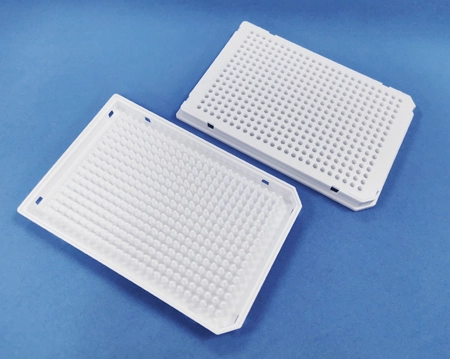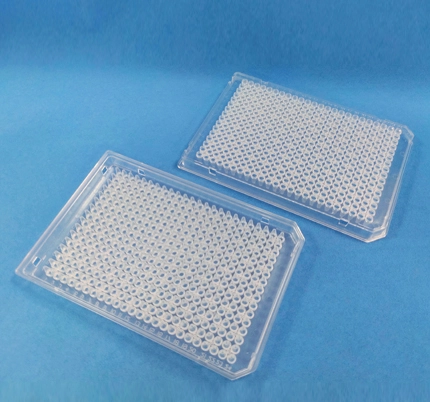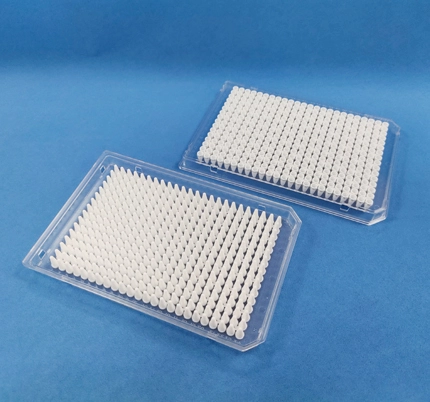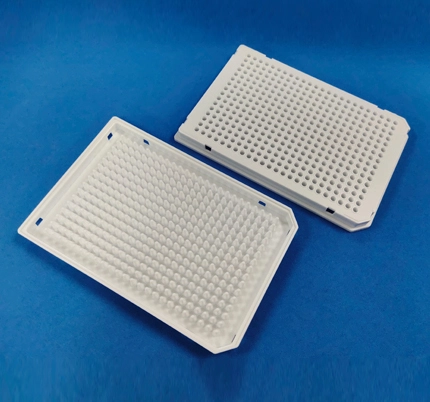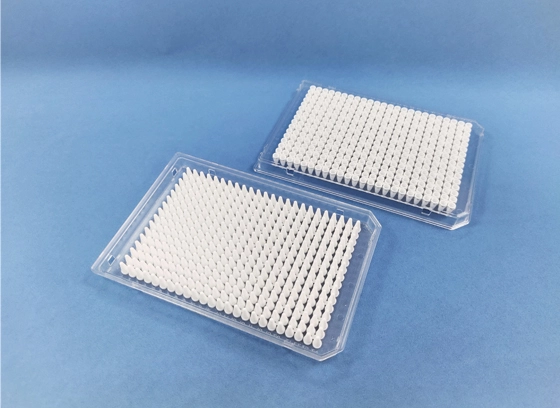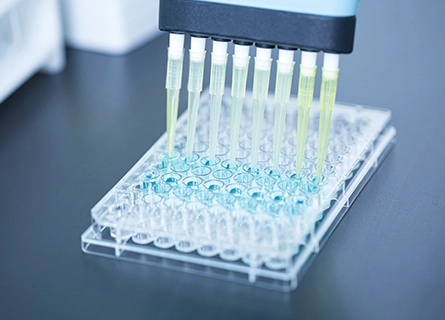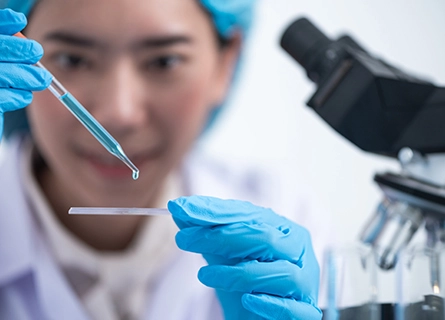96 and 384 well plates are both commonly used in scientific research for high-throughput screening and assays. While they have some similarities, there are also significant differences between the two.
One major difference is the number of wells. The 384 well plate can accommodate four times more samples as the 96 well plate.
Another difference is the well volume. Generally, the wells in a 384 well plate are smaller than those in a 96 well plate. The standard well volume for a 96 well plate is around 300 μl, while for a 384 well plate it is around 40 μl. This means that if you require less sample volume, a 384 well plate can help you conserve your reagents.
The smaller well volume also means that a 384 well plate can offer higher sensitivity and precision compared to a 96 well plate. This is especially important for experiments that require small amounts of precious or rare substances.
Another advantage of using 384 well plates is that they can offer higher throughput, as the number of samples that can be processed at once is much greater. However, the smaller well volume can also make it more difficult to handle and pipette liquid samples accurately.
In summary, while both 96 and 384 well plates have their advantages and disadvantages, the choice will depend on the specific needs of the experiment. If one requires handling larger volumes, a 96 well plate is ideal, but if one requires higher throughput or needs to conserve reagents, a 384 well plate is the better choice.
 English
English  中文
中文  日本語
日本語  한국어
한국어  français
français  Deutsch
Deutsch  Español
Español  italiano
italiano  русский
русский  português
português  العربية
العربية  tiếng việt
tiếng việt 
